AI Image Generator FLUX.1 vs. Stable Diffusion: Which one is better?
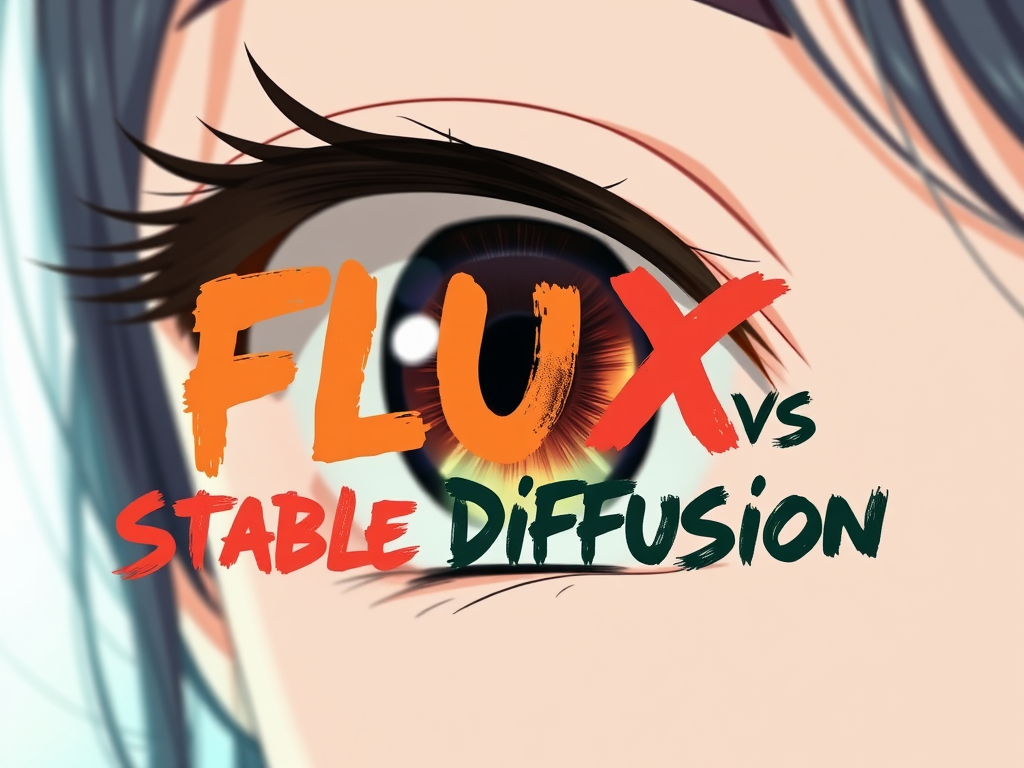
Hey there, fellow tech enthusiasts and creative minds! Today, we're diving into the exciting world of AI image generation: Flux.1. Remember when Stable Diffusion blew our minds? Well, hold onto your hats because FLUX.1 is here to shake things up even more. In this blog, we'll explore how FLUX.1 is taking what we loved about Stable Diffusion and cranking it up to eleven. Whether you're an artist, marketer, or just curious about AI, you're in for a treat.
And if you're new to FLUX.1, don't worry – we've got you covered with guides on FLUX's different models and how to use FLUX on Replicate and FAL.AI and How to use Flux.1 on replicate.
FLUX.1 vs. Stable Diffusion
Image Quality: Precision Matters
When it comes to quality, FLUX excels. According to Black Forest Labs, FLUX boasts a 98% prompt adherence rate in complex compositions, making it ideal for detailed, intricate scenes. This makes FLUX particularly effective for creatives needing high precision.
Stable Diffusion, known for its photorealism, shines in lifelike textures. A benchmark by AI Research Lab gave it a 92% realism score. However, it sometimes struggles with dynamic, multi-element scenes, where FLUX’s advanced architecture takes the lead.
Human Anatomy Rendering: Getting It Right
Rendering human anatomy, especially hands, is a challenge for AI. FLUX has advanced significantly, with Digital Arts Hub reporting 15% higher accuracy in rendering hands than Stable Diffusion. This makes FLUX the preferred choice for lifelike human figures.
Stable Diffusion still faces issues in this area, often producing unnatural or distorted hands. For projects that require accurate human rendering, FLUX’s precision gives it an edge.
Speed and Efficiency: Faster Results
Speed is crucial in AI image generation, especially under tight deadlines. FLUX’s [schnell] variant generates images 30% faster than Stable Diffusion, according to SpeedBench AI. This makes FLUX the go-to for rapid iterations.
Stable Diffusion’s iterative process, while detailed, is slower. For those who need quick results without sacrificing quality, FLUX’s efficiency is a significant advantage.
Platform Integration and Compatibility: Flexibility Wins
Integration flexibility is key. FLUX offers versatile options, including APIs, Replicate, and local setups, making it adaptable to various workflows. This broad compatibility is ideal for developers and artists alike.
Stable Diffusion’s open-source nature has fostered a robust community, with over 500 active plugins, as noted by OpenAI Community Reports. This makes it highly customizable, though FLUX offers a more seamless, out-of-the-box experience.
User Experience and Usability: Ease of Use
A user-friendly interface can make all the difference. FLUX is designed for ease of use, with high prompt adherence that ensures what you envision is what you get, making it accessible even to beginners.
Stable Diffusion, while powerful, has a steeper learning curve, as noted by Creative AI Network. It offers extensive control, but the added complexity can be a barrier for some users.
Examples Between Flux.1 and Stable Diffussion
To get a clearer understanding of how FLUX and Stable Diffusion compare in real-world scenarios, thanks to Anakin AI for providing detailed examples, which you can view here.
Example 1
Stable Diffusion

Flux.1
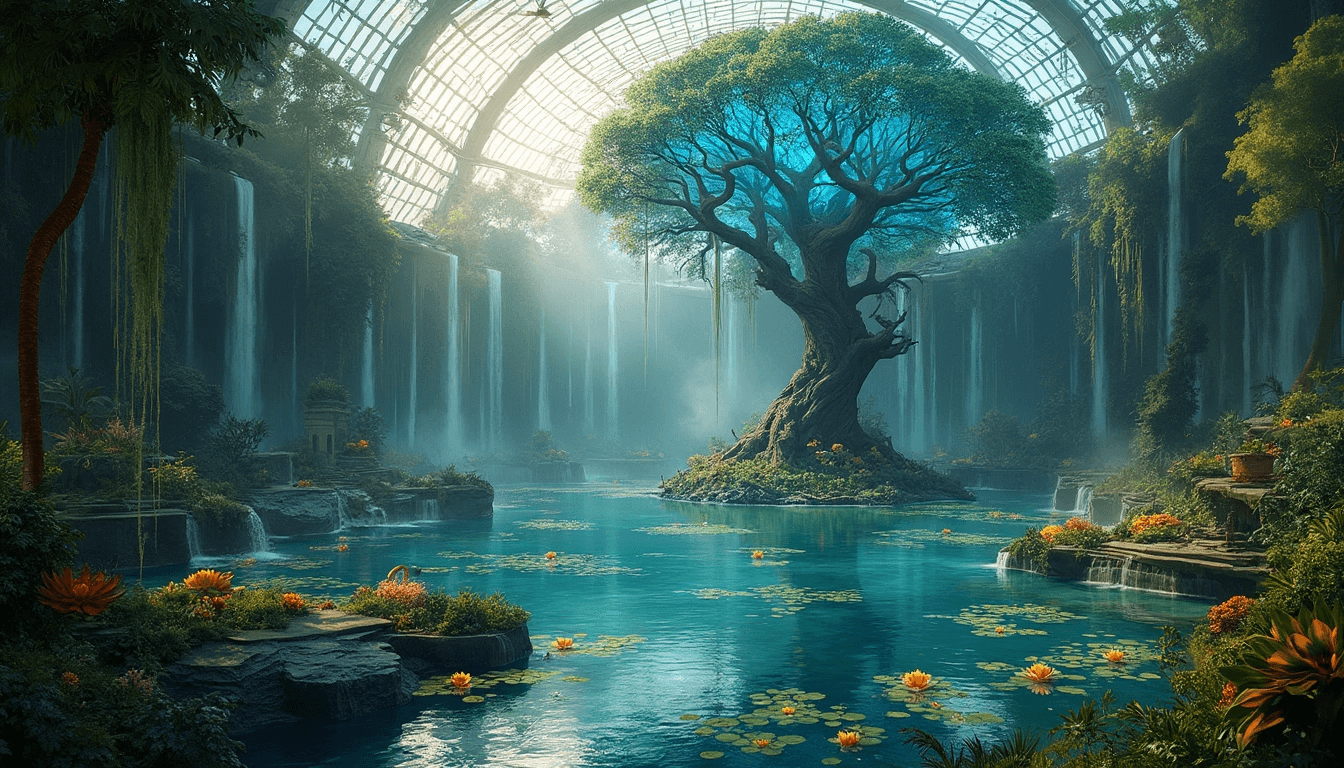
Example 2
Stable Diffusion
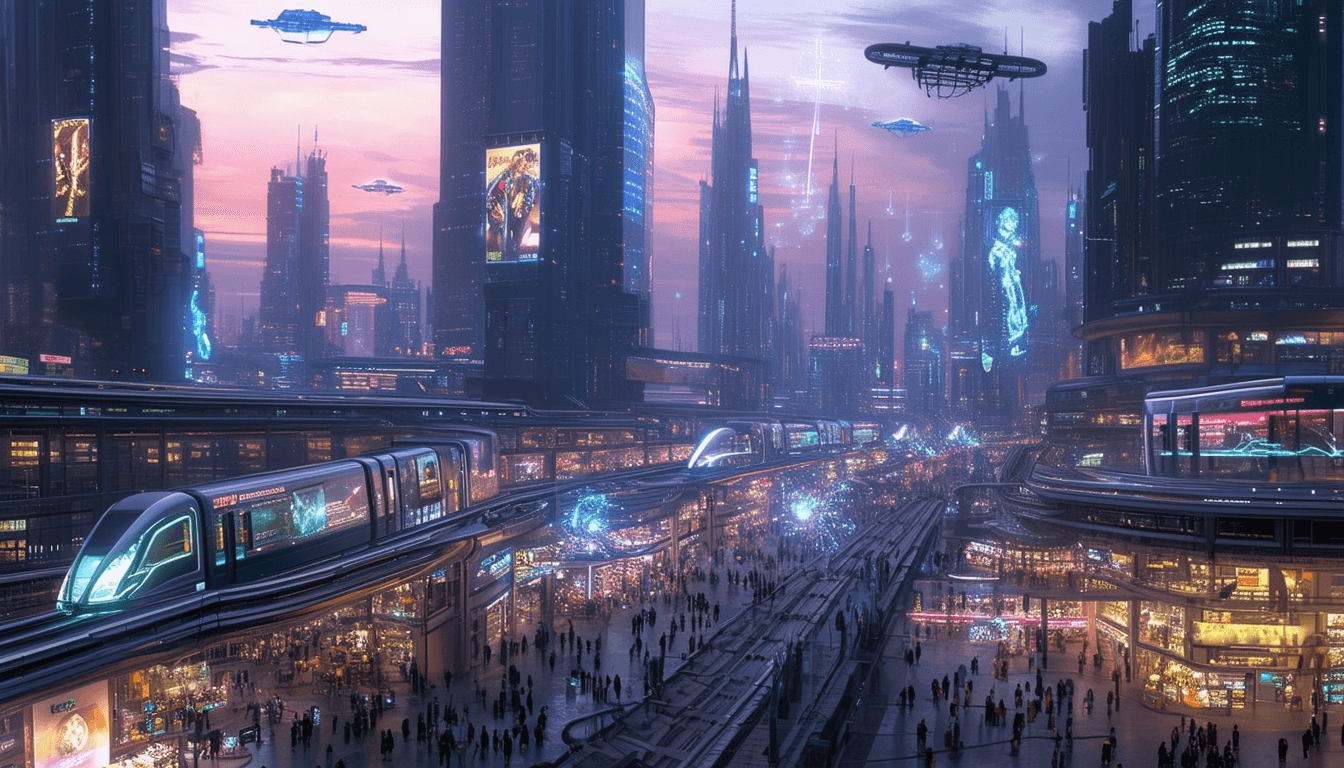
Flux.1
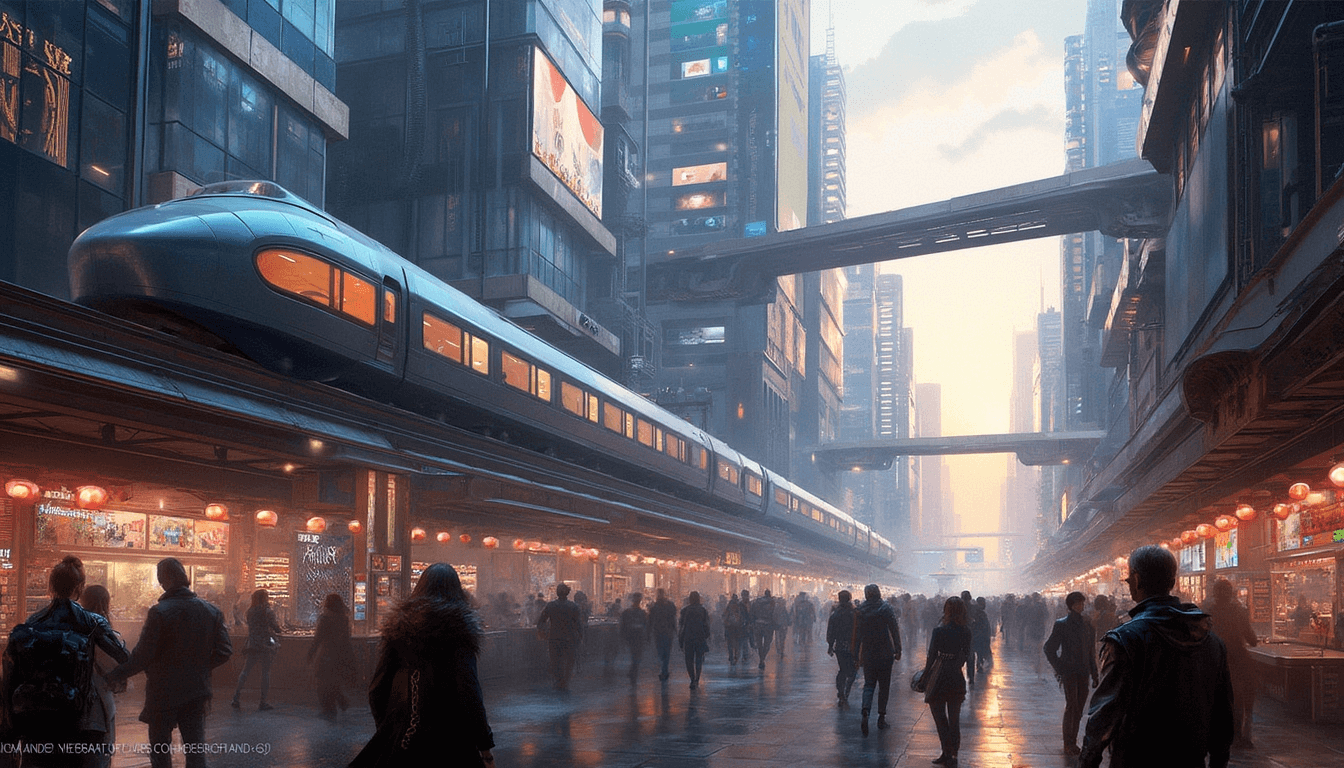
Example 3
Stable Diffusion

Flux.1

Example 4
Stable Diffusion
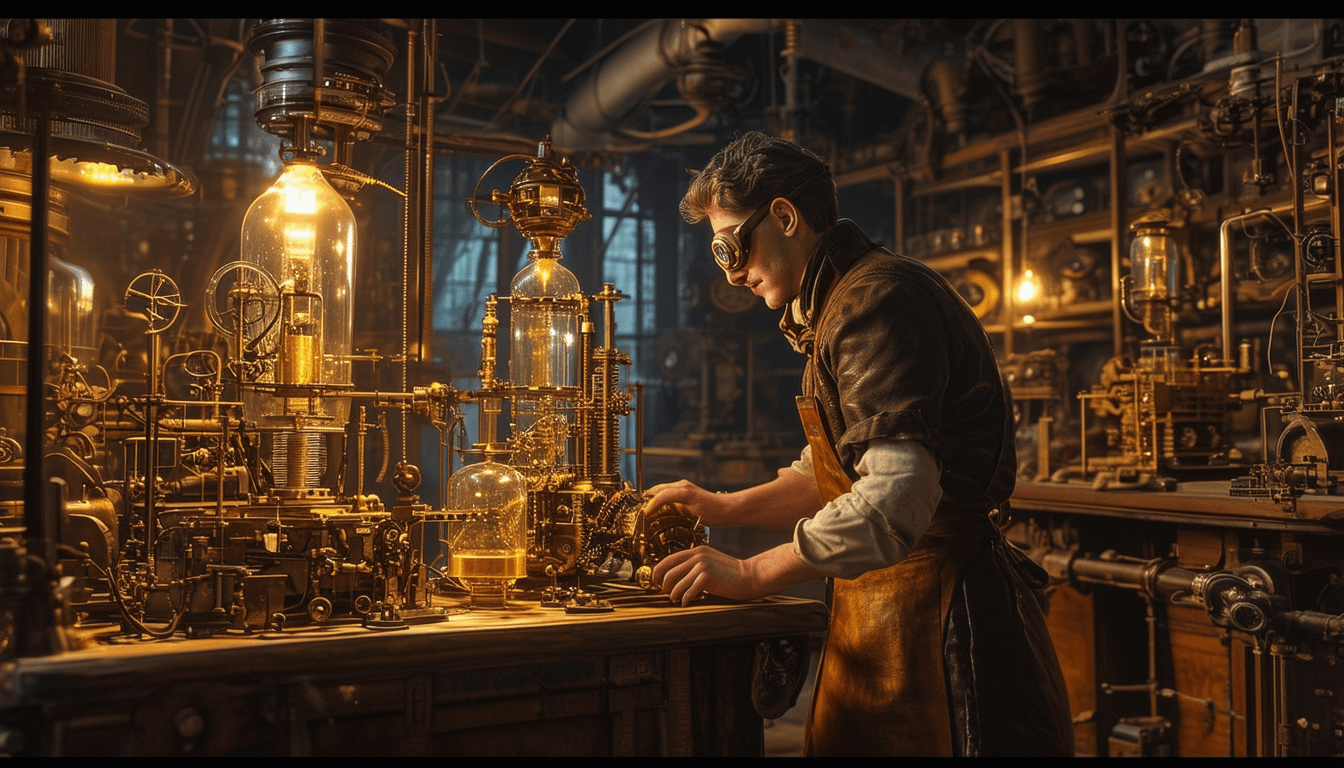
Flux.1
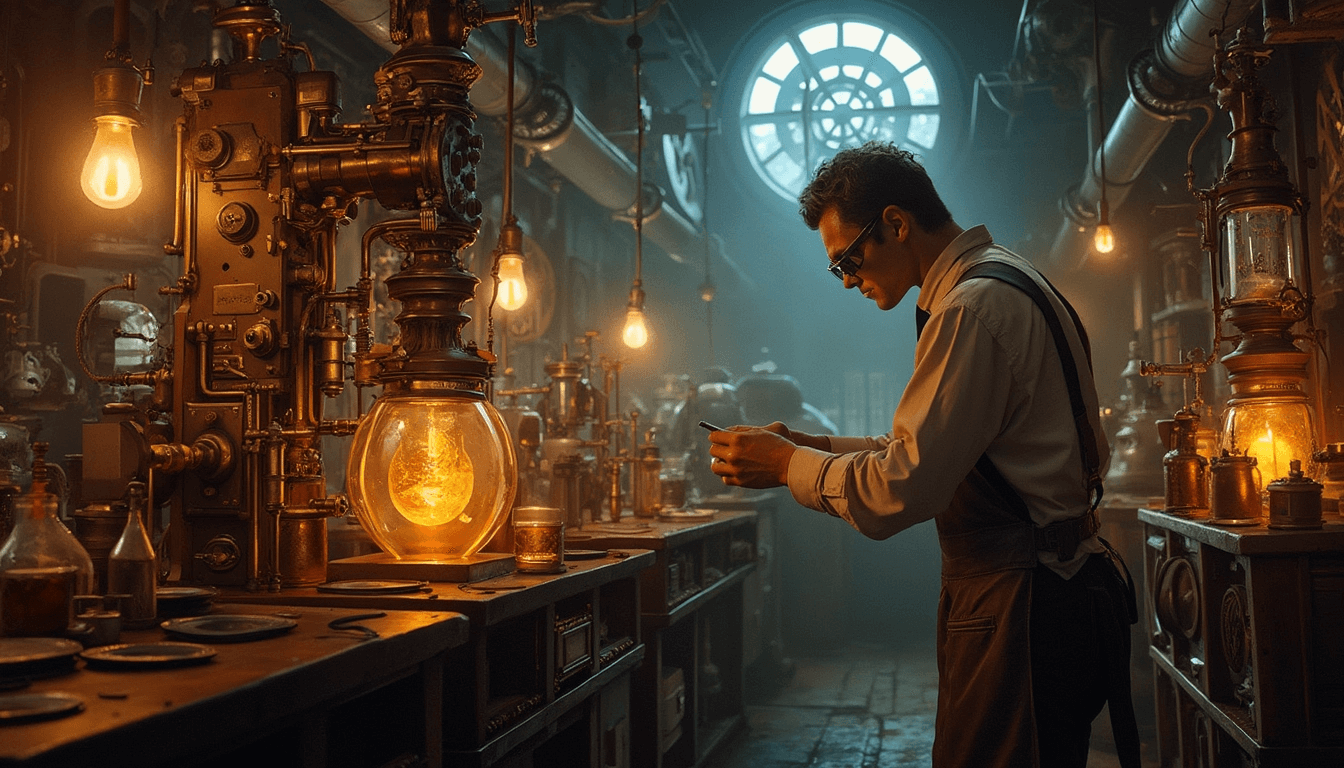
Learn More about FLUX.1?
What is FLUX.1?
FLUX.1 is an open-source image generation model developed by Black Forest Labs, the creators of Stable Diffusion. It uses advanced AI techniques to create high-quality images from text prompts, making it a powerful tool in the world of generative AI.
Key Features of FLUX.1
State-of-the-Art Performance: FLUX.1 excels in prompt following, visual quality, image detail, and output diversity. Complex Composition Handling: It can follow intricate instructions about where elements should be placed in an image. Text and Hand Generation: FLUX.1 has improved capabilities in generating text accurately and creating hands that look correct.
Use Cases for FLUX.1
FLUX.1 can be used in various fields, including:
Graphic Design: Create stunning visuals and illustrations. Digital Art: Generate unique artworks based on specific prompts. Scientific Visualization: Produce detailed images for scientific presentations and research. Marketing: Develop eye-catching images for advertisements and social media campaigns. Other Areas: Any other domain requiring high-quality image generation from text prompts.
Image Quality of FLUX.1
FLUX.1 often produces images that rival or surpass those generated by other popular models like Midjourney v6.0 and DALL-E 3. It stands out particularly in prompt adherence and visual detail.
Hardware Requirements
To run FLUX.1 efficiently, robust hardware is typically needed. High-performance GPUs are essential to handle its 12 billion parameter model architecture and advanced diffusion techniques.
Performance Review
FLUX.1 has received high praise for its prompt adherence, visual quality, and ability to handle complex compositions. These features make it a competitive option in the generative AI landscape.
How to Contact for Enterprise Solutions
For dedicated and customized enterprise solutions, you can reach out to Black Forest Labs via their email: flux@blackforestlabs.ai.
Comparison with Stable Diffusion
FLUX.1 builds upon the technology of Stable Diffusion, offering improved performance in several areas:
Prompt Following: Better at understanding and executing detailed prompts. Visual Quality: Produces higher quality and more detailed images. Image Detail: Capable of creating images with intricate details. Output Diversity: Offers a wider variety of outputs from similar prompts.
Conclusion
FLUX.1 is a cutting-edge AI image generator that pushes the boundaries of what’s possible in generative AI. Whether you’re a graphic designer, digital artist, scientist, or marketer, FLUX.1 offers the tools you need to create high-quality, detailed images from text prompts. Its superior performance, especially compared to earlier models like Stable Diffusion, makes it an excellent choice for a wide range of applications. For more information or to explore enterprise solutions, contact Black Forest Labs at flux@blackforestlabs.ai.
One More Thing: Introducing MUKU AI
MUKU AI is a cutting-edge video generation tool designed for marketing professionals. With MUKU AI, you can transform your ideas into engaging videos effortlessly.
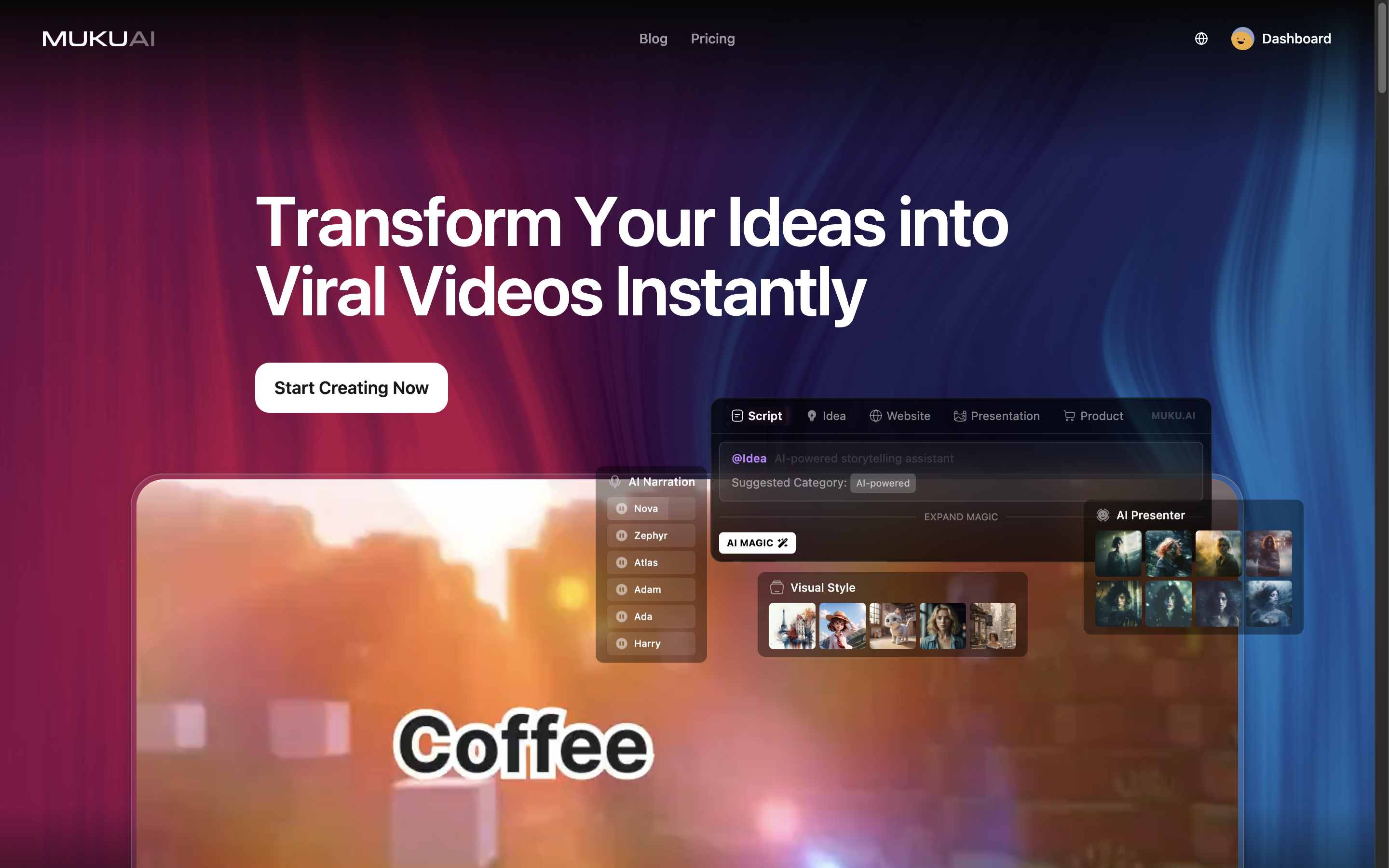
Here’s what you can expect:
AI Video Generator: Convert articles, blogs, or any text into stunning videos with ease. Rich Media Library: Dive into a world of vibrant AI-generated visuals and premium stock footage. Dynamic Music Sync: Automatically match your visuals with the perfect soundtrack. Custom AI Footage: Create unique video scenes tailored to your message.
Why Choose MUKUAI?
Because we know you need more than just basic tools: Save Time: Say goodbye to countless hours in front of editing software. Reliability: Avoid the hassle of unreliable freelancers. Cost-Effective: Cut down on hefty agency fees.
Explore more at MUKU.AI and take your marketing to the next level!